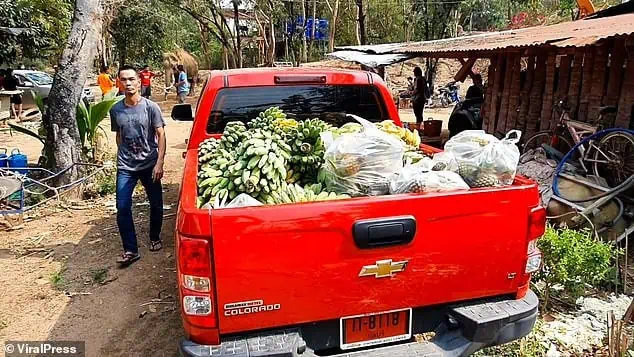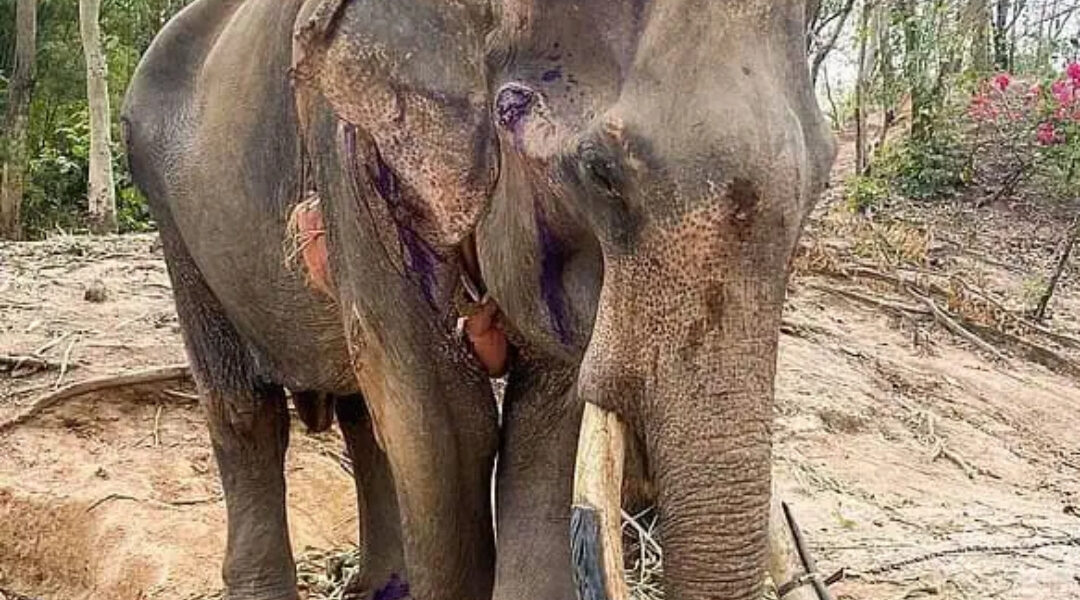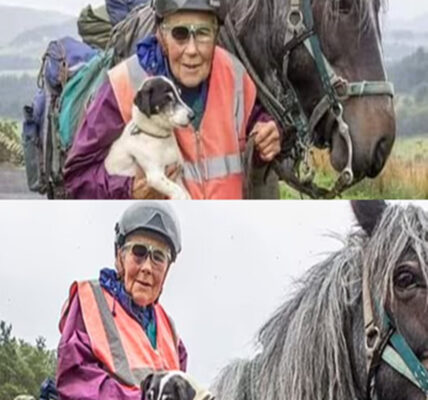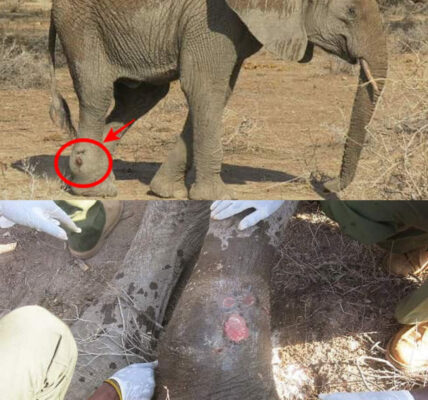For years, Khun Pan, a 50-year-old elephant, was the pride of Chang Siam Park in eastern Thailand. Strong, gentle, and obedient, he carried tourists on his broad back through lush trails and open fields.
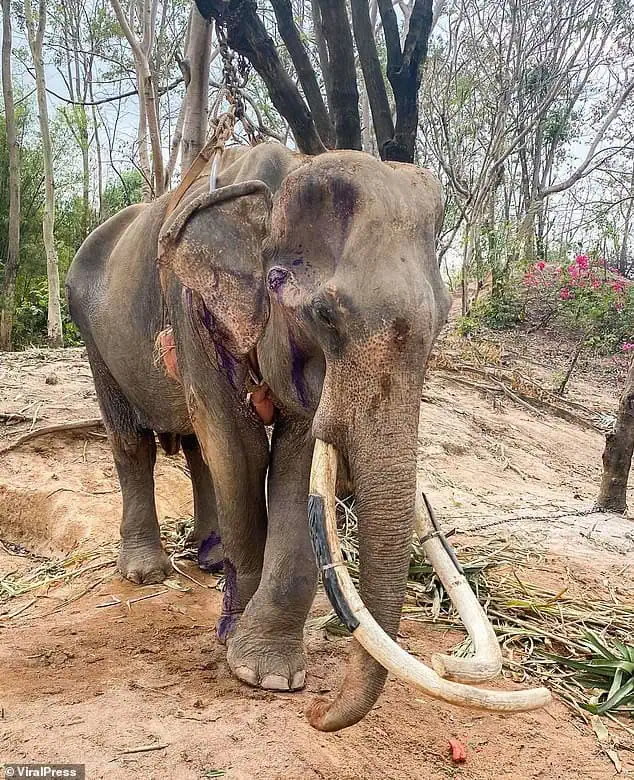
Visitors from around the world posed for photos beside him, unaware of how much strength and spirit it took to endure the endless rides under the tropical sun.
But when the COVID-19 pandemic struck, the park’s gates closed, and the crowds vanished. What had once been a place of constant laughter and movement fell silent — and in that silence, Khun Pan began to fade.
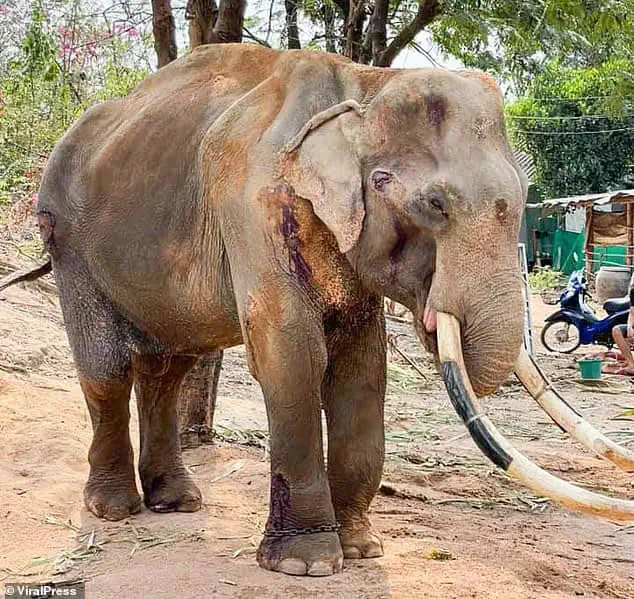
With no visitors came no income. The park owners struggled to feed their animals. Day by day, Khun Pan’s meals grew smaller until they nearly stopped altogether. Pineapples, bananas, and sugarcane — once abundant — were replaced by nothing at all. His massive frame shrank until his ribs showed, his skin sagged, and his once-glorious tusks cracked and weakened.
The proud elephant who had spent decades serving tourists was now too weak to stand. His body bore painful sores from lying for hours on the hard, dusty ground. Each attempt to rise ended in collapse.
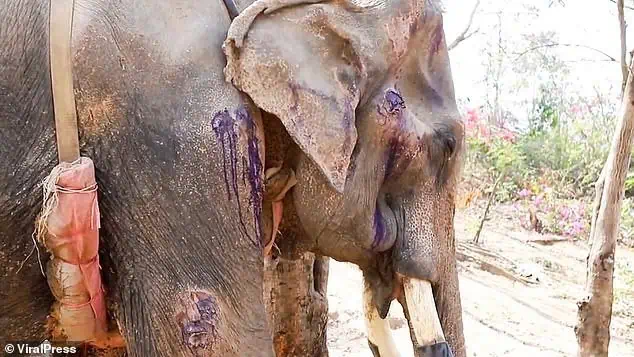
It was only when concerned locals called for help that a rescue team arrived. Veterinarians from Pattaya’s Nearby Animal Hospital rushed to the scene and found Khun Pan in critical condition — dehydrated, emaciated, and barely breathing.
They looped thick leather straps around his frail body and secured them to a tree, using all their strength to pull him upright. Once on his feet, they administered a saline IV drip to rehydrate him and began cleaning his wounds.
Khun Pan’s owner, Lee Petchkla, watched in tears. “When the tourists stopped coming,” he said quietly, “I had no money left to buy food for him.

” The second wave of COVID-19 had crushed what little business remained, leaving both man and elephant on the brink of despair.
Word of Khun Pan’s suffering spread quickly through the community.
Within days, local residents began to arrive with truckloads of food — bunches of bananas, baskets of pineapples, and bundles of sugarcane. Strangers who had never met the elephant stood by his enclosure, offering what little they could to keep him alive.
Slowly, Khun Pan began to show signs of improvement. He ate eagerly, his trunk reaching out for every offering. His eyes, once dull and lifeless, started to regain a faint spark — a glimmer of strength returning.

Though still fragile, Khun Pan is alive today because compassion found him when the world seemed to have forgotten. Locals continue to care for him, ensuring he never again goes hungry.
But his story is a stark reminder of the price elephants pay for the tourism trade — and how fragile their lives become when profit disappears.

Organizations like PETA have called for change, urging travelers to avoid parks that exploit elephants for entertainment. Instead, they advocate supporting sanctuaries where these magnificent creatures can live safely, freely, and without burden.
Khun Pan’s suffering should never have happened — yet his survival stands as proof of what kindness can still achieve.
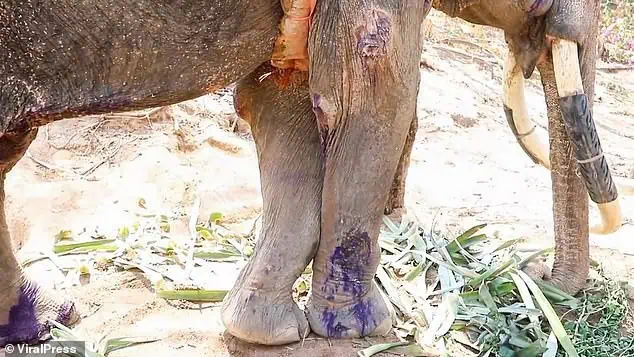
In the quiet evenings of Chang Siam Park, the old elephant now stands beneath the setting sun, his frail body swaying gently as he chews on sugarcane. His bones still show, his strength is not what it once was, but his spirit — that unbreakable, ancient spirit — endures.
Because even in hunger, even in pain, an elephant never forgets.

And those who saved him will never forget him either.
